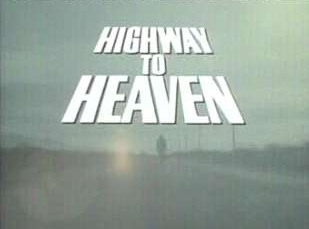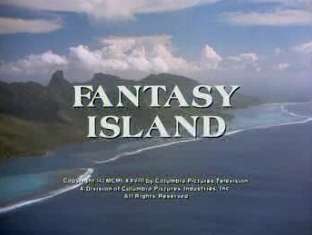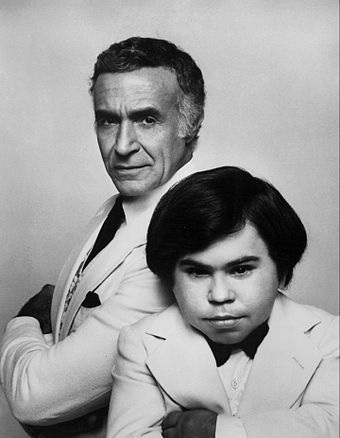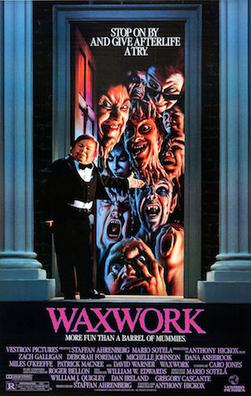Welcome to Late Night Retro Television Reviews, a feature where we review some of our favorite and least favorite shows of the past! On Thursdays, I will be reviewing Highway to Heaven, which aired on NBC from 1984 to 1989. The entire show is currently streaming on Tubi and several other services!
This week, the fourth season premiere concludes.
Episode 4.2 “Man’s Best Friend Part 2”
(Dir by Michael Landon, originally aired on September 23rd, 1987)
Picking up where last week’s episode, this episode opens with Alex (Danny Pintauro) visiting Jake the Siberian Husky at the big home that Jake shares with Jenny (Elisabeth Harnois), her grandfather (William Schallert), and her parents, Paul (Stan Ivar) and Michelle Raines (Laurie Walters).
Yay!
Alex’s attitude improves so much that it’s decided to move him into a foster home.
Uhmm….what about the Raines family?
The surrogate hired to carry Paul and Michelle’s baby loses the baby. Paul and Michelle are heartbroken.
Uhmm….hey, I think Alex needs a family….
Jenny gives Jake to Alex.
Awwww!
Alex’s foster family lives in a building that doesn’t allow pets.
Oh no!
Alex and Jake run away and, after nearly dying in the desert, they end up with the Raines family’s home.
I see where this is going….
If you guessed that Paul and Michelle announce that they’re going to adopt Alex and that Jake is going to continue to live with them on the ranch, congratulations! You could have been a Highway to Heaven writer!
This episode didn’t make me cry as much as last week’s, mostly because it was pretty easy to see where things were heading from the beginning. Even when Alex and Jake were lost in the desert, I knew they would be okay because this is Highway to Heaven. Children and their adorable dogs don’t die on this show. (Except, of course, for those two times that they did. Actually, three times, now that I think about it.) That said, I was still relieved when Jake was rescued because seriously, that dog was adorable!
This was a good conclusion to last week’s episode. Everything worked out for the best. At the end of the episode, Mark said that he understood why “they call them man’s best friend.” Michael nodded and then said, a little sadly, “Shouldn’t man’s best friend be …. man?”
You tell ’em, Hippie Angel!
You tell them.






